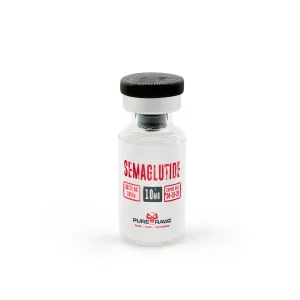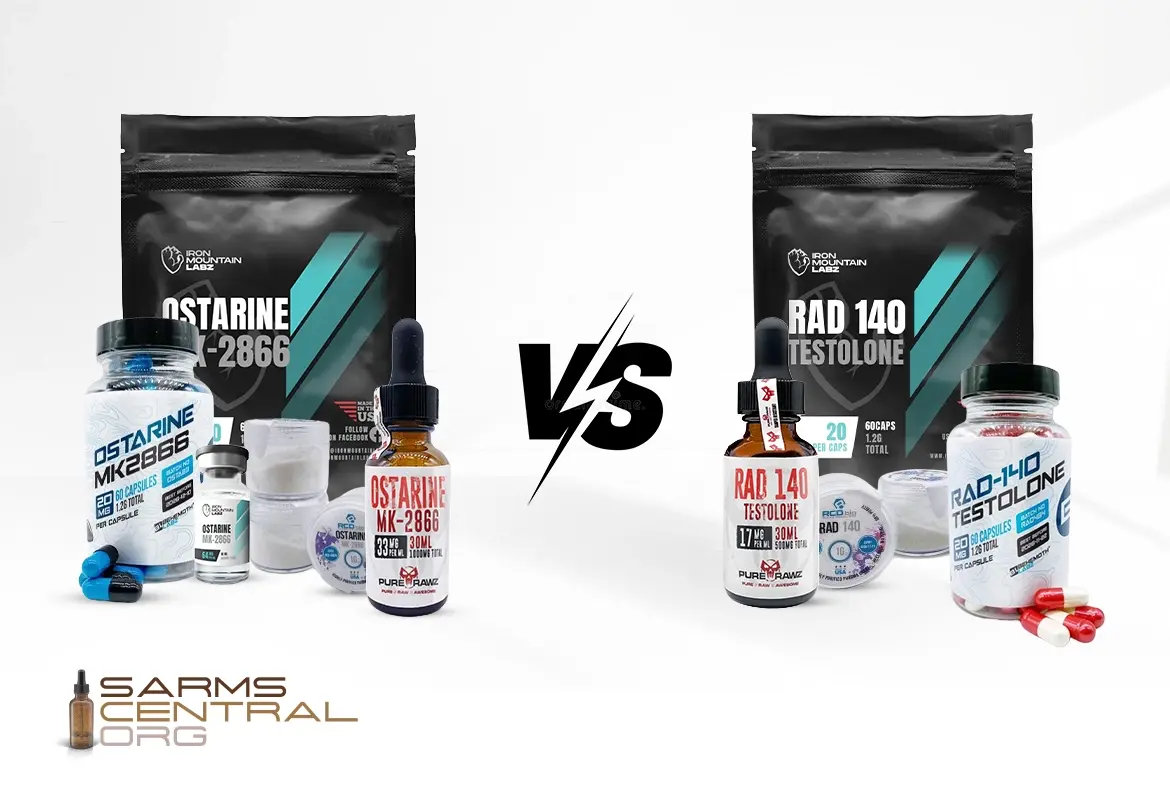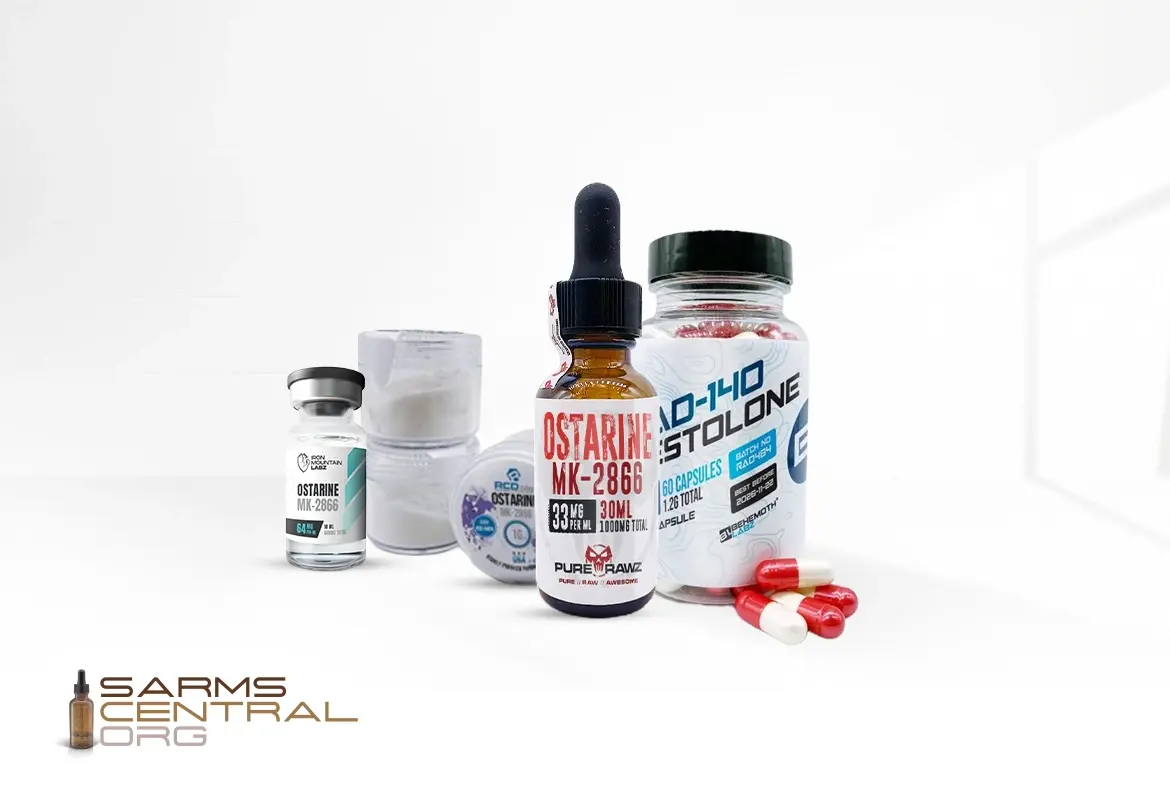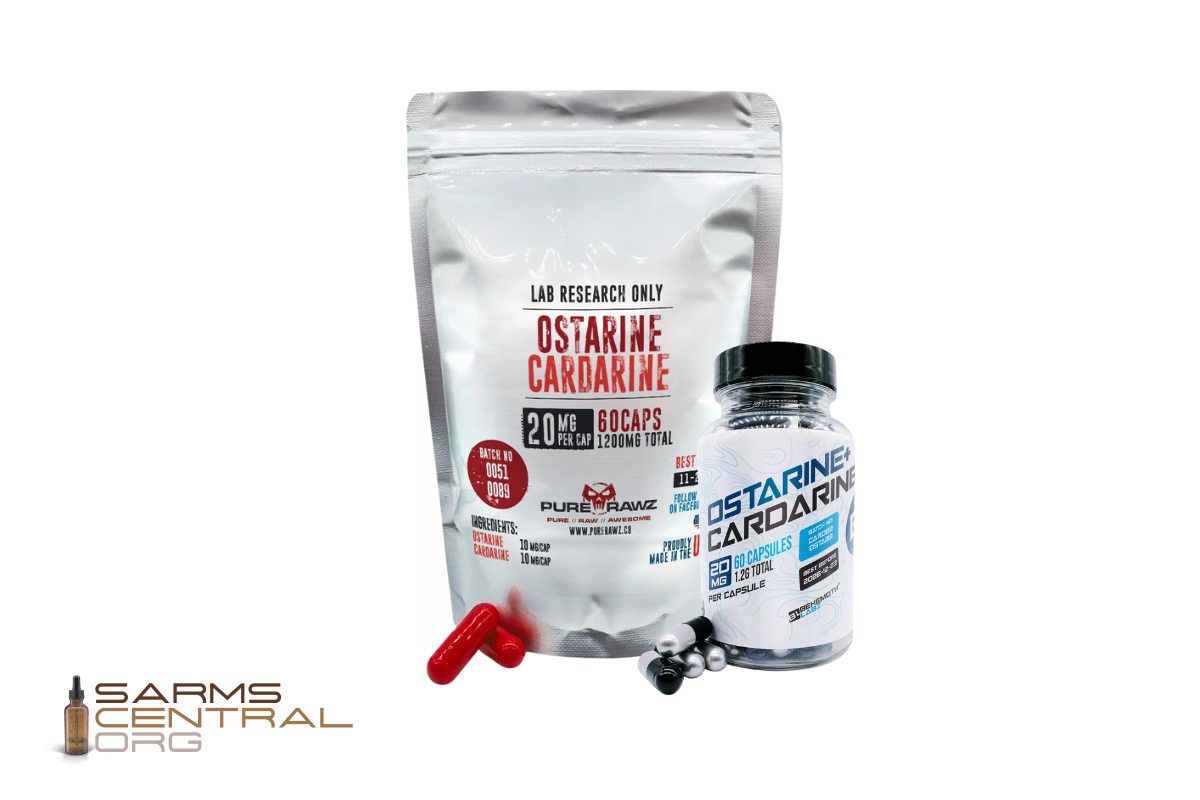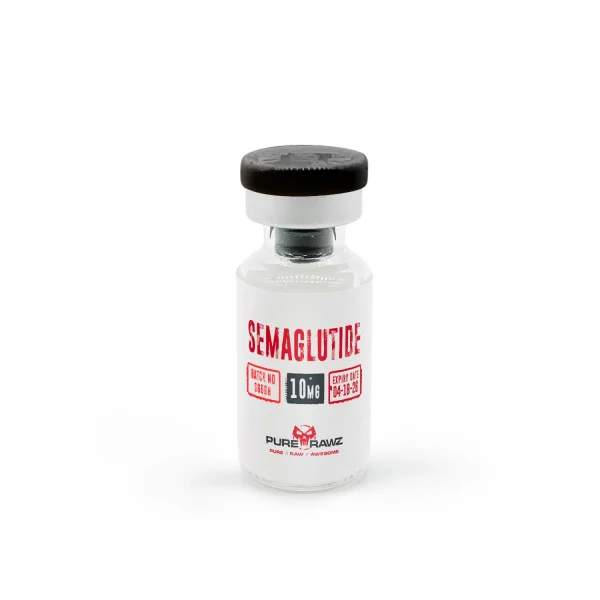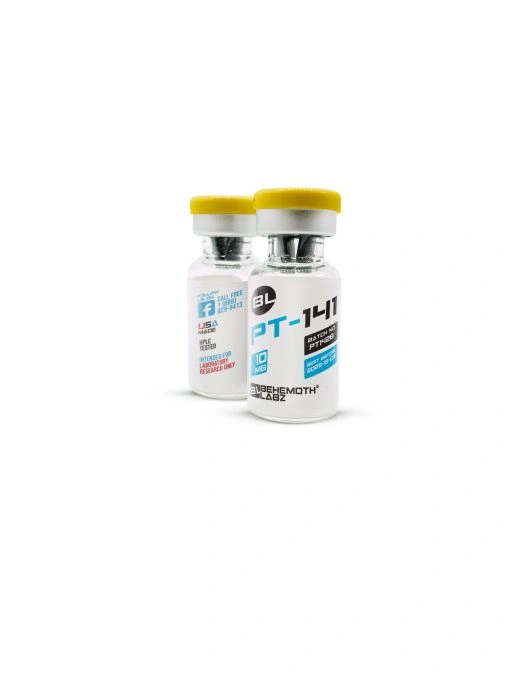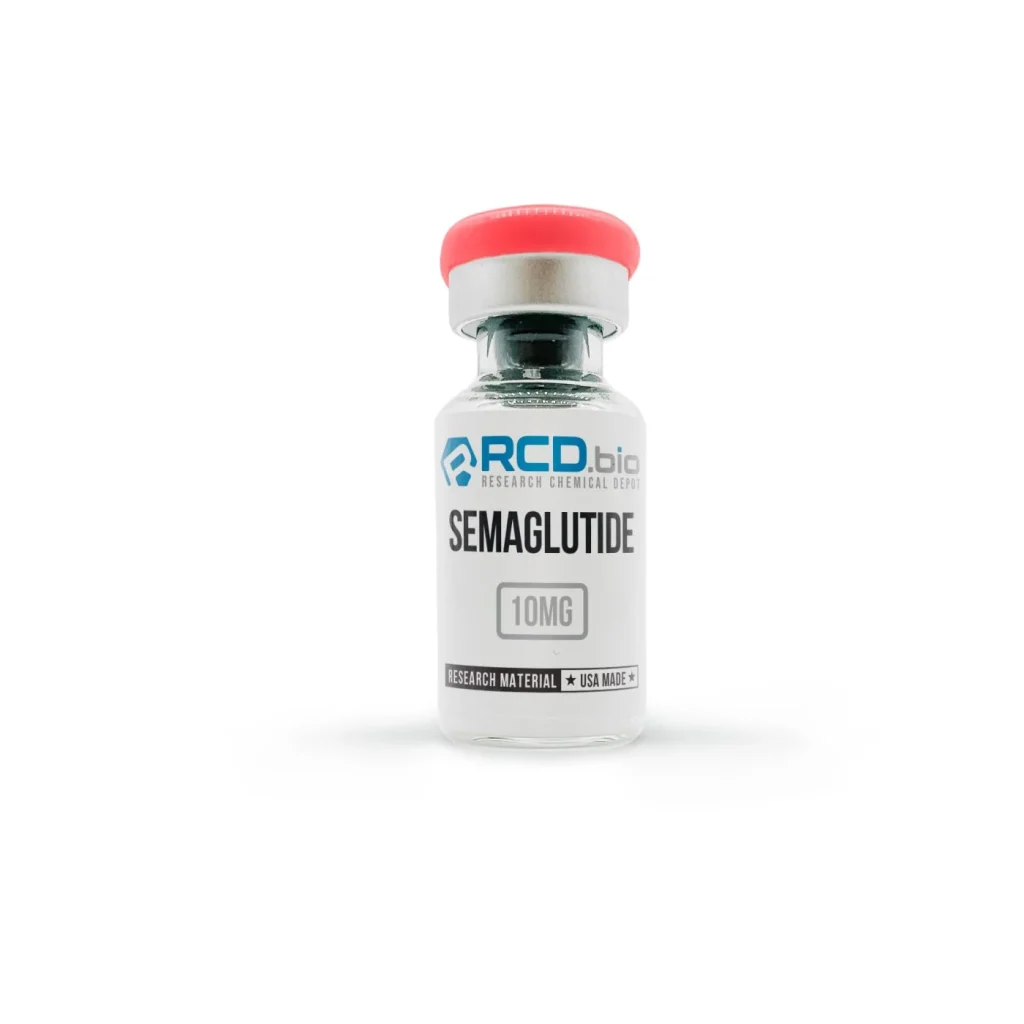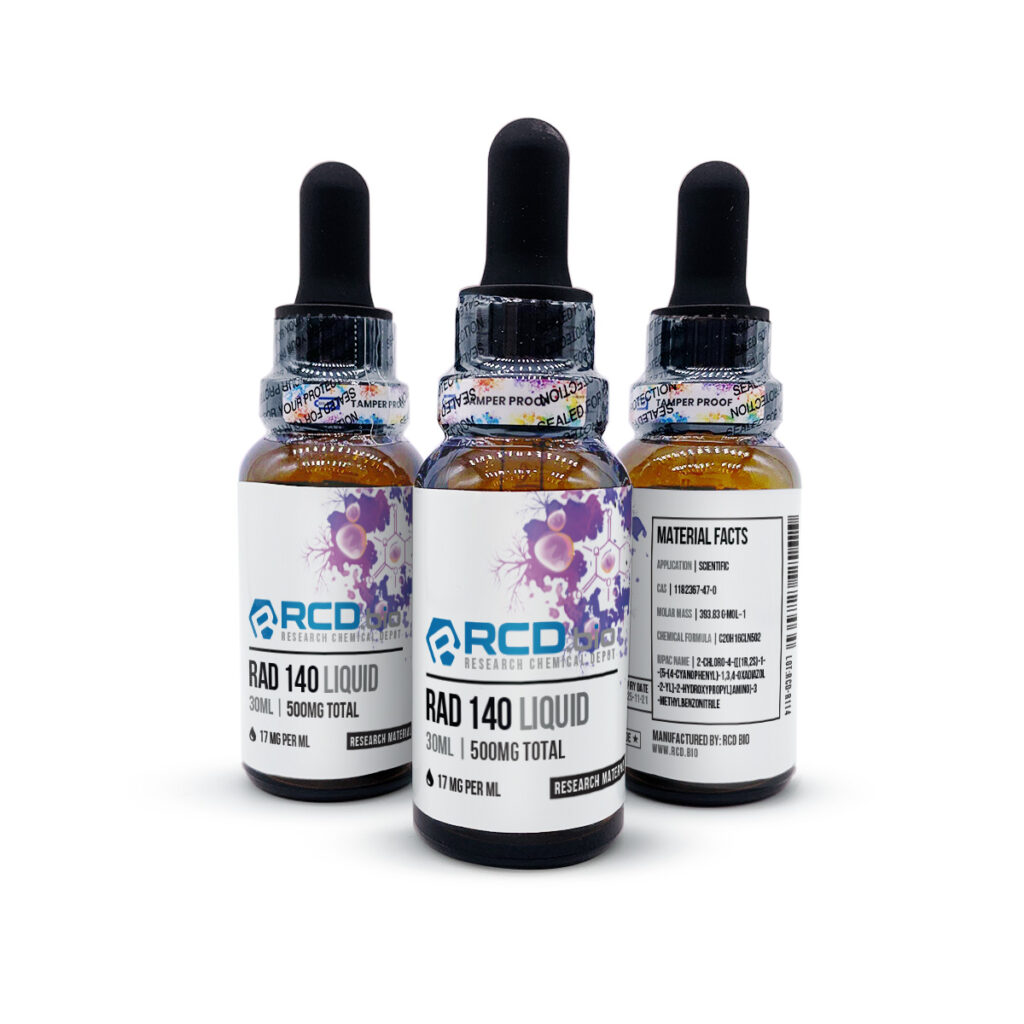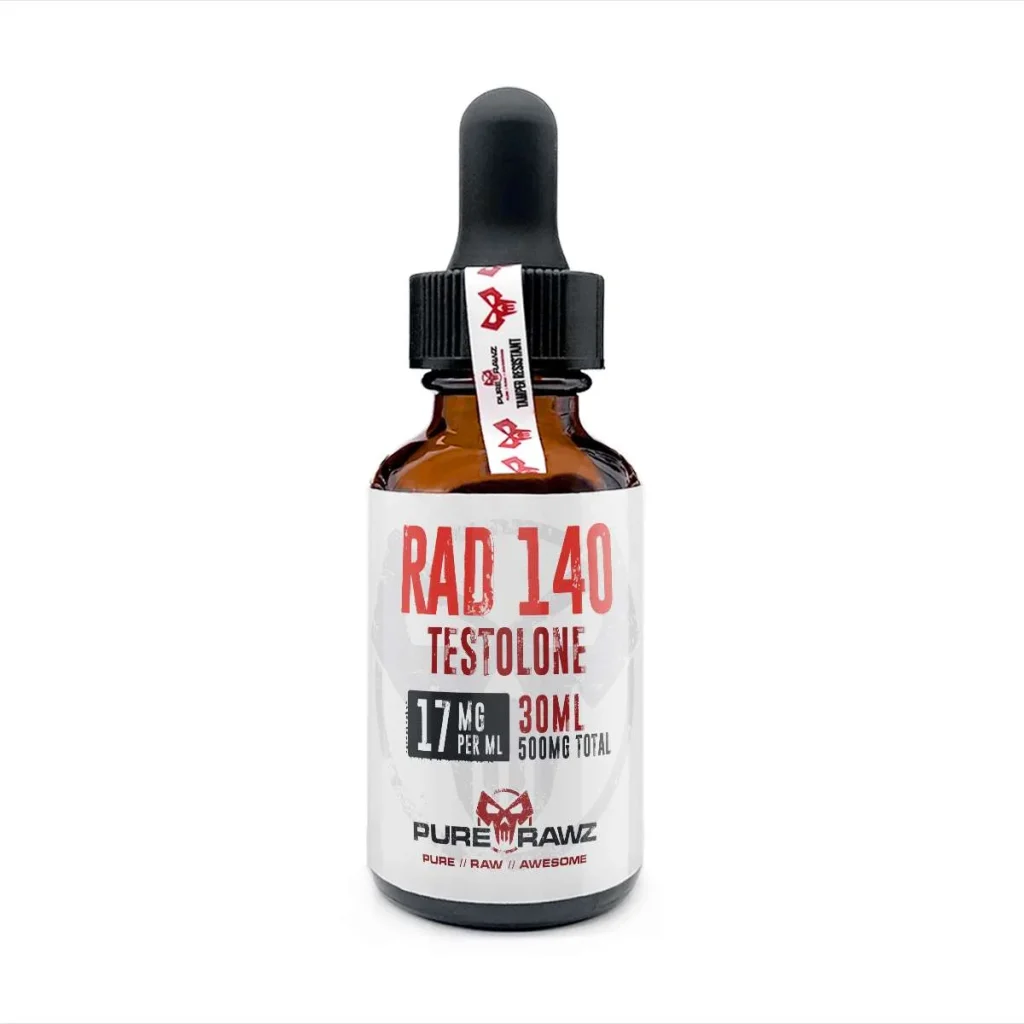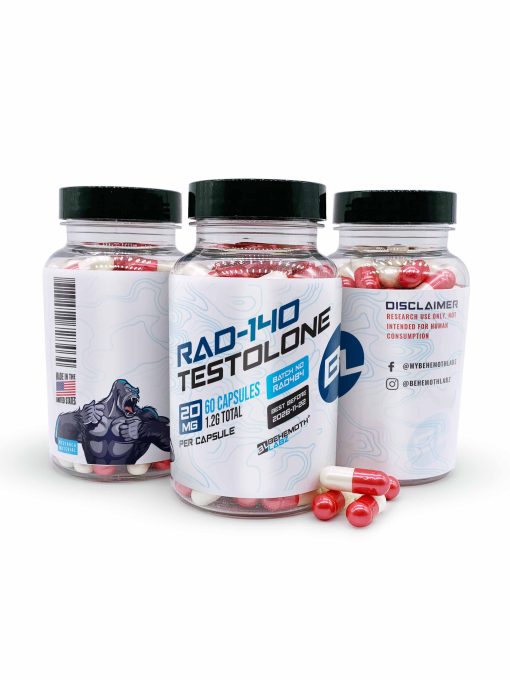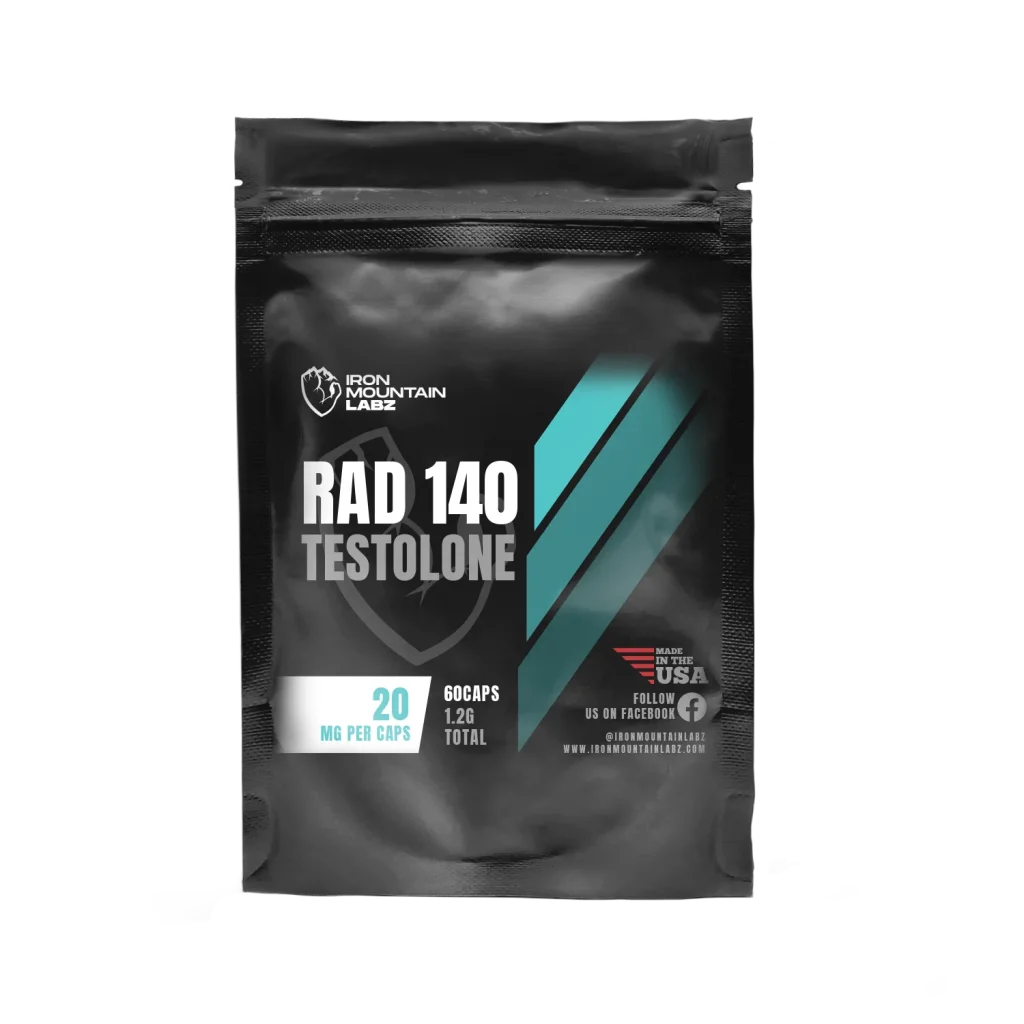Subcutaneous injections are a common method of administering medication. This involves delivering medication into the subcutaneous layer, just beneath the skin. Subcutaneous injections are widely used for various purposes, such as insulin administration for diabetes, hormone therapy, and vaccinations.
What is Subcutaneous Injection
A subcutaneous injection involves delivering medication into the fatty tissue beneath the skin, but above the muscle. Here are some of the equipment and medications used subcutaneously. {R}
Subcutaneous Injection – Equipment:
Syringes for subcutaneous injections are often small (1–3 mL), though sizes may vary depending on the medication. Subcutaneous injection needles are shorter and finer compared to intramuscular needles. Insulin is often available in pre-filled pens, which allow patients to self-administer more easily. {R}
Certain biologics are supplied in autoinjectors, which simplify dosing and conceal the needle. For medications in vials, adapters can help draw up accurate doses.
Common Medications/ Supplements Administered Subcutaneously:
Common examples include insulin (for diabetes) and heparin (for blood clot prevention). Other substances such as vitamin B12, and prescription medications like Semaglutide or Tirzepatide are also administered subcutaneously.
Some subcutaneous medications require refrigeration to remain stable. Some medications require a strict schedule for subcutaneous administration. Adherence is vital for optimal therapeutic outcomes. {R}
Mechanism of Action:
The mechanism of action for subcutaneous injections involves the administration of medication into the subcutaneous tissue, which is the layer of tissue located just beneath the skin. This method allows for the absorption of the medication into the bloodstream, where it can exert its therapeutic effects. The key steps in the mechanism of action include:
- Injection into Subcutaneous Tissue
- Absorption into Capillaries
- Lymphatic System Involvement
- Systemic Circulation
- After absorption, the drug is distributed to target tissues, metabolized, and eventually eliminated from the body
- Metabolism and Elimination
Subcutaneous injections are used to manage conditions such as diabetes (insulin), hormone deficiencies, or autoimmune diseases. {R}
Subcutaneous Injections – Administering Procedure
To give a subcutaneous injection, first remove the needle cap and choose an injection site, typically the upper arms, abdomen, or thigh. Common sites include the abdomen or outer upper arm. It’s essential to rotate injection sites to prevent tissue damage in areas with repeated injections.
Cleanse the chosen injection site with an alcohol pad and allow it to air dry. This reduces the risk of infection. If using a syringe, remove air bubbles by gently flicking it so they rise to the top. Hold the syringe at a 45 to 90-degree angle, depending on the needle length and the patient’s body habitus. Insert the needle straight quickly and smoothly into the subcutaneous tissue. Inject the medication at a steady pace, ensuring comfort and proper delivery. {R}
Always use a sharps container for proper needle disposal to prevent accidental needle marks and reduce the risk of infection. For more details read our guide on how to inject peptides.
Benefits of Subcutaneous Injections
Subcutaneous injections offer several benefits, making them a preferred method of drug administration for various medical conditions. Here are some key advantages:
Patient Comfort:
Subcutaneous injections are generally less painful than intramuscular injections, as the fatty layer has fewer nerve endings. {R}
Consistent Medication Absorption:
Medications administered subcutaneously are absorbed at a slower and more consistent rate compared to intramuscular injections. This controlled absorption can lead to a sustained therapeutic effect, making subcutaneous injections suitable for drugs that require a gradual release into the bloodstream. {R}
Convenience and Ease of Administration:
Many subcutaneous injections are available in pre-filled syringes or pens, simplifying the administration process. This convenience benefits both healthcare professionals and patients, potentially improving adherence to treatment plans. Additionally, self-administration is often feasible for certain medications, empowering patients to manage their health more independently. {R}
Reduced Risk of Tissue Damage:
Site rotation helps reduce complications such as lipodystrophy (changes in fat tissue). {R}
Lower Infection Risk:
With proper aseptic technique, the risk of infection is low, though any injection can introduce pathogens if performed incorrectly. The skin’s protective barrier serves as an additional layer of defense against microbial contamination.
Applicability to Various Medications:
They are used for insulin, hormones, vaccines, and biologics. The versatility of this administration method makes it applicable to diverse medical conditions. {R}
Stable Blood Levels:
For some medications, subcutaneous delivery allows more gradual absorption and stable drug levels. This can be particularly advantageous for medications requiring consistent therapeutic concentrations for optimal efficacy. {R}
Reduced Risk of Needlestick Injuries:
Smaller needles are often used, which may reduce severity of injuries, though safe disposal is still essential. Proper disposal practices further mitigate the risk of accidental exposures to healthcare providers and caregivers. {R}
Cost-Effectiveness:
Pre-filled pens may reduce waste and simplify administration, which can lower overall costs in some cases. {R}
Find Best Prices For These Products
Side Effects
Although rare, infections can occur, sometimes leading to symptoms such as fever, chills, or fatigue. Some common side effects associated with subcutaneous injections may include pain or discomfort and redness or swelling at the injection site.
Bruising or rash may occur if a small blood vessel is punctured. While the risk is relatively low, there is a potential for infection including fever, chills, and fatigue.
Conclusion
In summary, subcutaneous injections offer a balance between patient comfort, convenience, and effective drug delivery. The benefits of this administration method contribute to its widespread use across various medical disciplines, improving the overall experience for both healthcare providers and patients.
Subcutaneous injections are a valuable and widely utilized method for administering various medications. Proper training helps both healthcare professionals and patients ensure safe and effective delivery. With proper education, preparation, and attention to detail, subcutaneous injections can be a well-tolerated and successful component of medical treatment.


